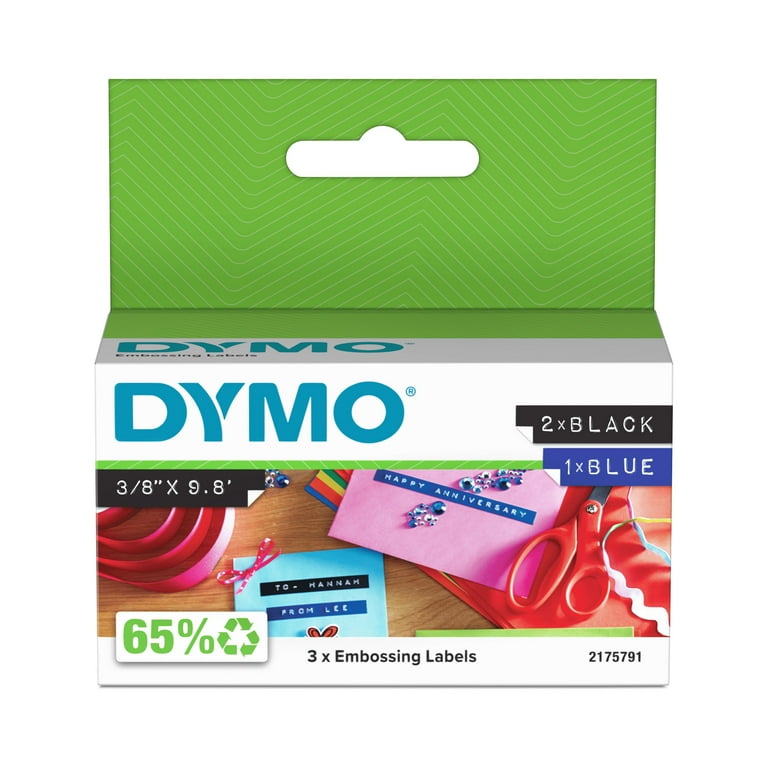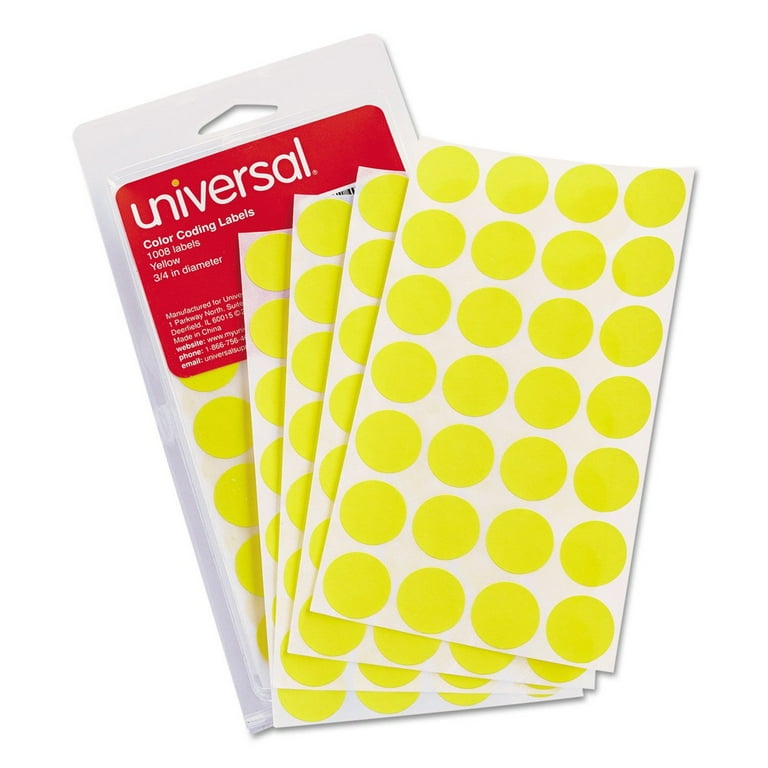Selecting the Right Self-Adhesive Labels for Your Business and Individual Needs
Selecting the suitable self-adhesive labels for both business and individual applications needs a nuanced understanding of different elements that affect their effectiveness. As we check out these crucial components, it ends up being clear that a strategic approach is essential to ensure your tags not just satisfy expectations but likewise improve your general branding and organization initiatives.

Recognizing Tag Products
When choosing self-adhesive labels, understanding the different label materials is important to ensuring optimal performance and resilience. The choice of material straight influences the label's appearance, performance, and longevity. Common label materials consist of paper, vinyl, polyester, and polypropylene, each offering distinctive advantages and drawbacks.

Polyester labels use premium durability, being resistant to tearing, wetness, and UV light. This makes them an exceptional option for commercial applications or items that need durable labeling options (Self-Adhesive Labels). Polypropylene, while comparable to polyester, is usually less costly and supplies a good equilibrium of durability and print quality
In addition, take into consideration sticky types-- permanent, removable, or repositionable-- depending upon your certain requirements. Eventually, choosing the appropriate label product is necessary for achieving the wanted outcome, making certain that your labels perform efficiently in their designated environments.
Figuring Out the Right Dimension
Choosing the ideal size for self-adhesive labels is an essential action that complements the option of label products. The size of a label can significantly influence its performance, visibility, and total impact. Therefore, it is vital to take into consideration the desired use of the label when establishing its dimensions.
To start with, examine the details that needs to be displayed. Tags including even more text or graphics will call for larger measurements to make sure readability and visual charm. Alternatively, minimal styles may gain from smaller sized labels that keep a streamlined visual.
Additionally, take into consideration the surface on which the label will be used. Different surfaces, such as containers, envelopes, or boxes, might determine certain dimension demands to take full advantage of bond and presence.
In addition, consider the quantity of tags needed; larger tags might be a lot more economical for mass printing.
Examining Adhesive Strength
How can one make sure that self-adhesive labels remain safely attached in different conditions? Reviewing adhesive toughness is important for guaranteeing that tags carry out optimally, whether in a controlled setting or based on severe temperatures, moisture, or various other elements. The adhesive's efficiency is generally identified into 3 groups: removable, irreversible, and ultra-permanent. Each look at this web-site group serves various applications, and understanding the meant use is important.
As an example, detachable adhesives are perfect for labels that might require to be repositioned or eliminated without residue, making them suitable for short-term applications. Conversely, long-term adhesives are made to endure various problems and supply a solid bond, making them appropriate for long-lasting labeling demands.
Examining the glue stamina can include peel adhesion examinations, which measure the pressure required to remove the tag from a surface area. Eventually, choosing the right adhesive strength makes sure that self-adhesive tags fulfill their purpose, preserving stability and exposure throughout their intended life expectancy.
Choosing the Right End Up
The finish of self-adhesive labels plays a significant role in their general efficiency and look, enhancing the sticky toughness formerly gone over (Self-Adhesive Labels). The choice of finish can affect not only the visual effect of the label yet also its durability and capability. official statement Common finishes consist of matte, gloss, and semi-gloss, each serving various functions
A matte coating supplies a non-reflective surface area that is excellent for writing, making it suitable for tags that call for hand-written details. This finish additionally tends to hide finger prints and spots, improving the tag's appearance over time.
Alternatively, a gloss surface provides a shiny, dynamic appearance that enhances color saturation, making it best for promotional tags that need to stand out. Nevertheless, this surface may be much less ideal for writing, as it can smudge conveniently.
Semi-gloss coatings strike a balance between both, offering a mild sheen while keeping good writeability. Furthermore, consider aspects such as moisture resistance and UV protection, specifically for labels exposed to harsh atmospheres. By thoroughly picking the ideal coating, businesses and individuals can guarantee their labels effectively share their designated message while keeping longevity.

Considering Printing Options
Assessing printing options is important for optimizing the performance of self-adhesive tags. The technique you choose will considerably impact the top quality and durability of the last item. Self-Adhesive Labels. Common printing methods consist of digital, flexographic, and thermal transfer printing, each offering distinct benefits and factors to consider
Digital printing is perfect for short runs blog and variable data, enabling for quick turn-around times and personalization. This technique allows businesses to produce labels with high-resolution graphics and complex layouts without incurring substantial configuration expenses. Nevertheless, it may not be the most cost-efficient alternative for larger amounts.
Flexographic printing, on the other hand, is fit for high-volume production. It uses flexible relief plates to transfer ink onto numerous products, guaranteeing constant high quality across big sets. This approach is usually preferred for its effectiveness and ability to print on a wide variety of substratums, consisting of those with unique finishes.
Thermal transfer printing is another sensible alternative, especially for tags that require longevity versus severe problems. This approach supplies outstanding print top quality and is typically used for barcode and inventory labels.
Ultimately, choosing the right printing choice depends upon your certain labeling needs, spending plan, and manufacturing quantity.
Final Thought
In final thought, choosing the proper self-adhesive labels demands careful consideration of different elements, including tag materials, size, glue stamina, finish, and printing choices. Each element plays a critical role in making sure that the tags fulfill particular business or personal needs successfully.
When choosing self-adhesive tags, recognizing the different tag materials is crucial to guaranteeing optimal performance and durability.Choosing the appropriate dimension for self-adhesive tags is an essential step that complements the selection of label products. Inevitably, choosing the right adhesive strength makes sure that self-adhesive tags fulfill their purpose, preserving stability and visibility throughout their desired lifespan.
The coating of self-adhesive tags plays a significant duty in their general performance and appearance, enhancing the adhesive stamina previously gone over.In conclusion, selecting the ideal self-adhesive tags requires mindful consideration of various factors, including label products, dimension, glue stamina, surface, and printing options.